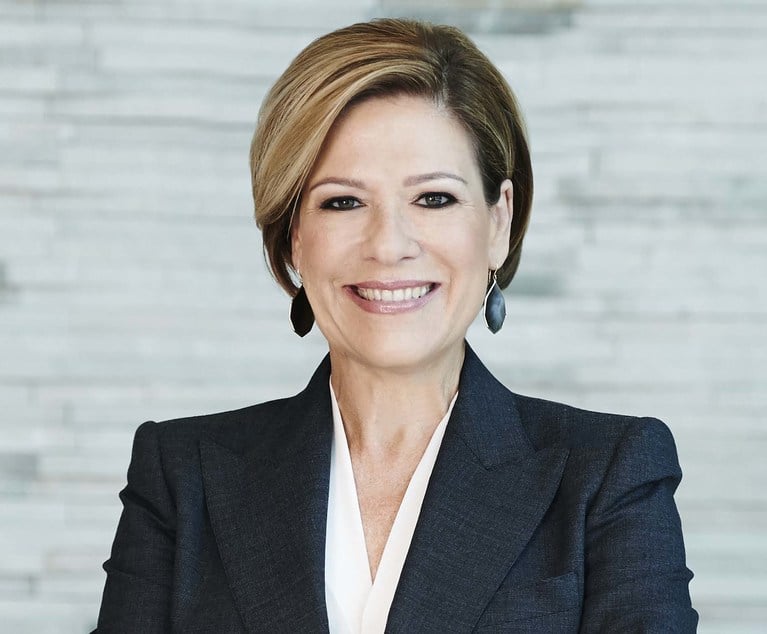SAN FRANCISCO—Reaching the top in home sales isn't about intelligence or education or even about personality. These traits are important, but I am convinced that many salespeople struggle because of a flawed paradigm. The most important sales presentation you will ever give will be the one that convinces you to believe in yourself!
A perfect example of a salesperson whose shift in mindset resulted in great success is Khadeejah Johnson, a 15-year home sales veteran who knows and loves a good challenge.
“I started by leasing apartments when I was nineteen. My learning method was to throw it all against the wall and see what sticks. I tried as many approaches and techniques as possible,” Johnson says. “In time I learned that my greatest strength is my ability to be conversational. I want to connect on a more personal level. I want to work as if I'm selling to my best friend.”
And most importantly, Johnson has embraced a bold paradigm that has enabled her to overcome the biggest discomfort she experienced when she first started in home sales.
“It was always uncomfortable asking people to buy. Honestly, it still is from time to time,” Johnson notes. “But now, my sense of obligation and commitment trumps my discomfort. I don't ask for the sale as something I'm doing for myself—I do it for them.”
Learning to be bold and not shy away from discomfort has served Johnson well, with one of her most recent examples of success being the sale of a residential community in an area of New York City that still carries a stigma. “It was a condominium community: forty-four homes above the Aloft Hotel in Harlem,” Johnson says, noting that she took care to address preconceptions about the neighborhood during her sales presentation.
In addition to convincing customers about Harlem's potential, Johnson also had to win them over when it came to the financing. “I really had two sales presentations. The first was in selling the home and the location. The second was in selling the financing. All we had available was an adjustable rate loan that was higher than the prevailing fixed rate,” Johnson notes. “Customers really struggled with that idea. It took a lot of persuasion.”
Johnson did not let any challenge dissuade her when it came to Harlem real estate and her consequent sales success earned her the prestigious honor of Salesperson of the Year (2013) by the National Association of Home Builders.
As Johnson and many other sales professionals have shown us, there is one consistent truth: you are the sum of your bold decisions. Bold decisions make for incredible opportunities. Start with changing your mindset and the right technique will follow (along with increased home sales in this New Year!). These ideas and more are discussed in my latest book from McGraw-Hill, Be Bold and Win the Sale, which debuted on January 3 as the #1 hot new release for Sales & Selling on Amazon.
Selling homes is tough work. I know; I did it for many years.
In such a competitive industry, having the right intention—the correct purpose— drives us toward success. And the proper technique is clearly critical to accomplishing that purpose and intention. But when it comes to which is more important, intent or technique, I would make the case that there is hardly an argument to be had. It is intention—a driving purpose, if you will—that makes for success in home sales. If your intention is flawed, all the best technique in the world will not save you.
So, if our intention must be in place before we can effectively utilize strong technique, we are then left with an even bigger question. Where did that intention come from? What prompted that purpose? I can intend to be a great salesperson all day long, but that intention has to be based on something bigger.
The fact is that the majority of underachieving salespeople get stuck right here. They do what they do because that is what they are both told to do and trained to do. All too often they fail to consider this motivation question on a deeper level.
Let me offer a simple but important premise: our purpose is both designed and defined by our paradigm: how we see ourselves, and how we see the world around us. Our actions and behaviors (techniques) are always consistent with how we see ourselves (paradigm).
Repetition
The most successful people understand the importance of believing in themselves. They also understand the importance of repetition. It's all about repetition. In music, in art, in athletics, in surgery, in writing software…you name it. The destination called mastery is on a road called repetition, and on that road there are neither short cuts nor express lanes. It's good old-fashioned roll-up-your-sleeves hard work.
But it's not just any kind of repetition; it's constantly improving repetition. And that's where my 10-5-3-1 plan comes into play.
In Geoff Colvin's excellent book, Talent is Overrated, he talks about moving along the path of three zones:
- The Panic Zone
- The Learning Zone
- The Comfort Zone
The idea is that repetition takes us from one zone to the next. I agree with Colvin's concept, but what happens when we reach the “Comfort Zone?” If we're not careful, we will enjoy the accomplishment, we will settle into that zone….but we won't challenge ourselves to grow yet further.
The 10-5-3-1 plan is predicated upon the idea that I must constantly raise the discomfort bar if I am to constantly improve my performance. The premise is simple but profound: If it does not challenge me, it does not change me. (How's that for words to live by???)
Here's how it works:
10 Practice a very limited and specific skill out loud and into a voice recorder ten consecutive times. Listen after each recording and make notes. Listen for word choice, pace, enthusiasm, relaxed tones, etc. Do it ten times, even if you feel like you have it down. You want to turn the technique into muscle memory. After ten times, you should be comfortable with the technique…which means you need to get uncomfortable all over again. So you….
5 Practice the same technique with a peer, five times. Find someone who will be brutally honest with you and who will coach you for performance improvement. This will be uncomfortable at first, but far less so after having practiced repeatedly alone. Get better each time, and continue to build your muscle memory. After five times it will be much more comfortable. So you….
3 Ratchet up the discomfort by practicing three times with your manager. Now you're into the fine tuning, so pay close attention. You are honing in on perfection! You're getting insanely comfortable with the technique. So you…
1 Demonstrate your perfected skill in front of the entire team. You can do this…you've put in the necessary repetition. You've moved from the panic zone to the learning zone to the comfort zone. By now you should be on autopilot.
Here's my question: How ready are you to now take your perfected technique and use it in real life? How high is your confidence level? How bold will you be when others are uncomfortable?
Get To Work
Here's an idea: TRY IT! Right away! I mean, pick a skill and get to work on it right now. Find the voice recorder feature on your smart phone and lay that baby down. Do not hesitate; do not give your comfort addiction the chance to derail your quest for mastery.
Think of the industry's top performing salespeople. Are they successful because of their actions, because of their purpose, or because of their paradigm? All three, actually, but in a specific order. They do the things that top performers do (actions), because they desire to be as successful as possible (purpose), because they see themselves as the best of the best (paradigm) and they understand the value of repetition.
Jeff Shore, of Shore Consulting, is a highly sought-after sales expert, speaker, author and executive coach whose innovative BE BOLD methodology teaches you how to change your mindset and change your world. His latest book, Be Bold and Win the Sale: Get Out of Your Comfort Zone and Boost Your Performance, was published by McGraw-Hill Professional in January 2014. For more information, visit http://jeffshore.com. The views expressed in this column are the author's own.
© Touchpoint Markets, All Rights Reserved. Request academic re-use from www.copyright.com. All other uses, submit a request to [email protected]. For more inforrmation visit Asset & Logo Licensing.






